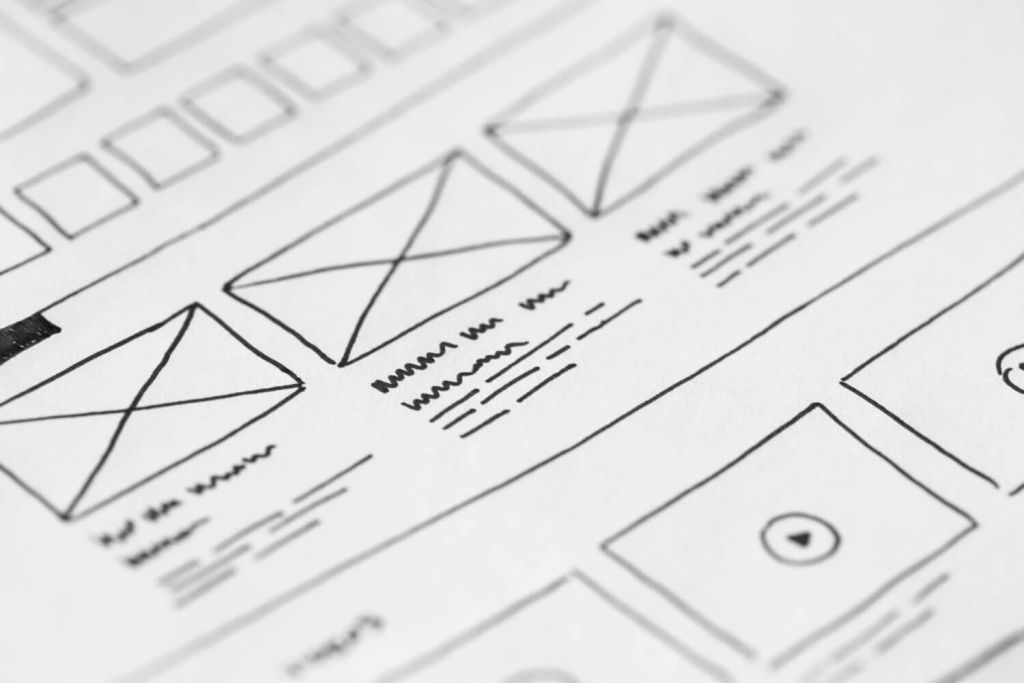Have you thought about the impression your website makes on visitors? Is your website design drawing them in or pushing them away from your brand?
In this highly digitized world, brand identity goes far beyond a catchy logo. This blog will discuss how web design can significantly influence your brand’s perception and image. We will cover various aspects, including the psychology of colours and typography, the importance of user experience (UX), and the impact of visual content on storytelling.
Learn how a well-designed website can be a valuable asset for your brand and discover practical ways to use your website design to boost sales and achieve business success.
The Psychology of Colours and Typography
In branding, colour schemes and font choices have an impact on brand perception beyond mere aesthetics. Understanding the psychology of colours and fonts unveils their ability to evoke distinct emotions, empowering intentional use. This knowledge becomes a strategic tool, enabling you to reinforce your brand identity with precision and purpose.
Colours convey subtle messages, with each hue evoking distinct emotions. For example, blue may suggest trust, while red exudes passion. Font choices, too, carry unique personalities, from modern sleekness to classic stability.
By understanding the psychological nuances, you can use colours and fonts that align with your brand’s values to create a cohesive visual language that resonates with your audience.
The psychology of colours and typography becomes a subtle yet powerful tool in crafting an intentional and compelling brand narrative. Every colour and font decision contributes to the visual story, shaping a lasting perception in the minds of your customers.
User Experience (UX) and Brand Perception

A positive user experience is synonymous with a favourable brand perception.
When users navigate your website seamlessly, find what they are looking for effortlessly, and enjoy a smooth interaction, it builds trust and leaves a positive impression.
On the contrary, a frustrating or confusing user experience can tarnish your brand’s image. User experience extends beyond website functionality; it encompasses the overall journey, from the first click to the final interaction, influencing how users perceive your brand’s reliability, professionalism, and commitment to customer satisfaction.
A typical example of poor user experience is a website with slow loading times. When users encounter sluggish performance, long loading delays, or unresponsive pages, it leads to frustration and a negative experience. Slow-loading websites can result from large image files, excessive use of plugins, or inadequate server capabilities.
It is an important aspect that directly impacts how your audience connects with and remembers your brand.
Consistency Across Platforms

Keeping your brand consistent across different online platforms is crucial. Whether users encounter your brand on social media, your website, or through email, having a consistent visual identity helps build recognition and trust.
If your logos, colours, and messages vary across platforms, it can confuse users and weaken your brand. Make sure everything looks the same to reinforce your brand’s reliability, making it easier for users to recognize and remember your brand no matter where they encounter it online.
This consistent approach contributes to a stronger and more memorable overall brand presence.
Visual Content and Storytelling
Pictures, videos, and infographics are powerful tools for telling your brand’s story. They evoke emotions, grab attention, and create a memorable narrative.
For instance, a good video can show the human side of your brand, giving viewers a behind-the-scenes look that fosters connection. Infographics simplify complex information, making it easier for people to understand.
Using these visuals in your content enhances your storytelling and reinforces your brand message in a way that’s impactful and easy to remember.
Web Design for Conversion Optimization

Strategic design choices can significantly boost how many visitors take the actions you want on your website. For instance, clear and compelling calls-to-action (CTAs) can guide users to make a purchase or sign up for a service.
Thoughtful design can create an intuitive sales funnel, making it easier for visitors to navigate and complete desired actions.
Attention to elements like colour, layout, and button placement can influence user behaviour and increase the likelihood of conversions. In essence, effective web design is about aesthetics and creating a digital environment that motivates visitors to become clients.
Accessibility and Inclusivity in Web Design
Designing accessible websites for all users is not just a legal requirement—it’s a commitment to inclusivity. Ensuring that everyone can use and navigate your website regardless of their abilities is essential for reaching a diverse audience.
Practical tips, such as providing alternative text for images and ensuring keyboard navigation, make a significant difference. By embracing accessibility, you adhere to ethical standards and open up your content to a broader audience, fostering a more inclusive online environment.
Accessible web design is not just about compliance; it’s about creating a space where everyone feels welcome and can engage with your content seamlessly.
The Role of Web Design in SEO
Search engines consider design factors when ranking websites. This means elements like theme, page layout, mobile responsiveness, and overall user experience are crucial in determining how well your site performs in search results.
A well-designed website looks good and enhances its visibility in search engine rankings, driving more organic traffic.
By optimizing design elements such as page speed and navigation, you can improve your website’s chances of ranking higher, ultimately boosting its discoverability on search engines.
Effective web design and SEO go hand-in-hand, creating a harmonious balance between aesthetics and functionality for a better online presence.
Key Takeaways
Web design is a dynamic force extending beyond logos, profoundly shaping your brand identity. From colours and typography to user experience and accessibility, each element plays a crucial role.
Investing in thoughtful web design ensures a competitive edge in user engagement, conversions, and search rankings and establishes a lasting and positive impression on your audience. Your website is often the first interaction users have with your brand, making it a powerful tool for leaving a memorable and impactful mark.
Enhance your brand’s reputation with Website Design Kingston’s professional web design services. Contact us today to discuss how we can transform your online presence.
Comments are closed.


